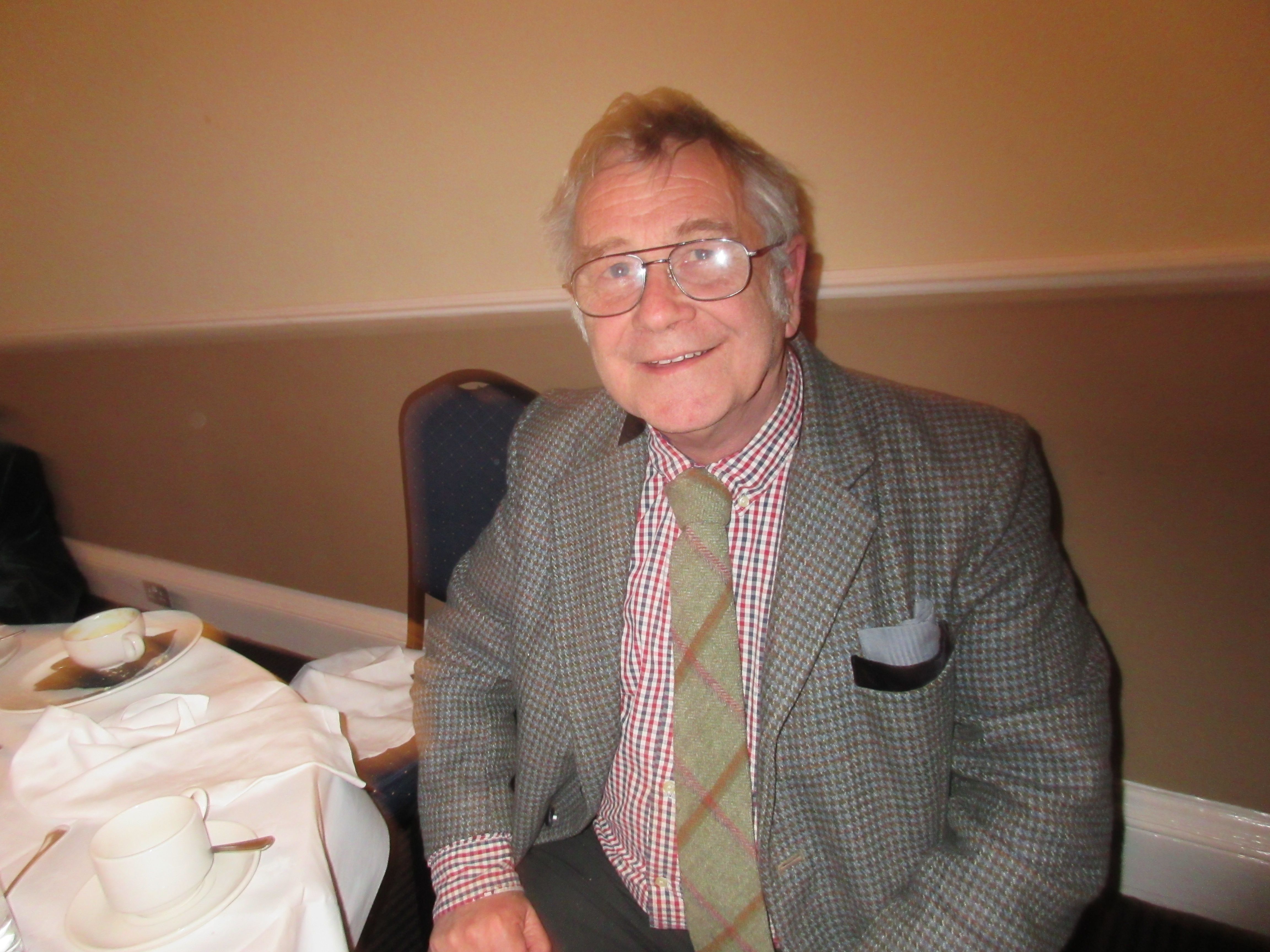
Friday 1st May 2015Annual Dinner
Guest of Honour Roger Kelly
on the Lost Garden of Penicuik
The Clerks of Penicuik hailed originally from Montrose and made money in Paris buying works of art at the time of the Thirty Years War : when Charles I was selling to raise funds for an army to fight his Civil War, he may have soldpaintings of Henry VIII. Returning to Scotland, they took over the former estate of the Pennycuicks and in generations to come set about land and landscape improvement, and promoting industry. Penicuik was making paper from around 1700, and established Scotland's first cottonmill –the two activities were linked since paper was made from rags and cotton waste. Using model boats on the High Pond at Penicuik House, John Clerk of Eldin devised a naval strategy of coming through the middle which was put into action by Nelson at Trafalgar. The original garden (which even contained a designed witches’ coven in Tam O Shanter times) was down by the River Esk so always cold and damp, The Scots garden expert John Claudius Loudon and others recommended creating a new garden away from frost on a higher south facing slope slope and after his death a plan was drawn up. In the nineteenth century Scots were at the forefront of horticulture, John Thompson of Dalkeith Palace a world expert in indoor vines which led to a spin-off commercial vinery at Clovenfords. In their finest form after 1873 the magnificent new gardens at Penicuik were created with brick walls by John Dennis and nine linked hothouses by Mackenzie and Moncur. The scientifically productive garden grew grapes and peaches and exotic fruits and flowers, berries and vegetables in abundance, with ta staff of six lads and an undergardener.. A new driveway to show off the gardens was created from the Tympany Gates with a new bridge across the Siller Burn. with vegetables grown in areas divided by brick walls. Bank collapses in the 1880s however brought difficult times, and the gardens were unsuccessfully put up for sale in 1890 : then in 1899 Penicuik House roof caught fire while occupied by a lawyer’s family from Edinburgh. No fire engine could raise water high enough to put it out, and insurance would not pay because, though reduced to a shell, walls were still standing.. The Clerk family into the stables which boasted on their roof a replica of the Roman temple Arthur's O'on that had survived until the eighteenth century on the Antonine Wall, letting the Garden as a market gardening business which was run by a succession of families, the Anguses, Wilsons, Newtons and Whitfields. With changes in food retailing and the advent of the EEC it became no longer viable as vegetables and flowers were imported from Spain and the Netherlands. New business providing charcoal for barbecues and Christmas trees did not continue and the garden with its decaying structures became magnificently overgrown. When in 2005 a Trust was formed to save Penicuik Town Hall and went on to tackle the Lost Garden as a fifty-year food production and garden restoration project. Starting onsite in 2012, once again vegetables are being produced in abundance and work has begun on rebuilding one of the Mackenzie and Moncur glasshouses, the first of the nine to be tackled. Last year 1.6 tonnes of potatoes were grown, and Roger leads tours of the Lost Garden project from the Penicuik Estate carparkon the first Sunday of each month. The spirit of revival has spread to Eddleston where Roger and fellow Saltire leading light David Cameron began a project to restore the Great Polish Map of Scotland and recall the Polish Army’s vital role in defending Scotland with what is now the Barony Castle Hotel as a traing centre. The work is in full swing and can be visited across a bridge from the hotel. Scotland’s extraordinary built, landscape, institutional and skills heritage will be lost unless we work hard as individuals together to rediscover and recreate it, celebrating and sharing that experience and encouragement through bodies like the Saltire Society and the Scottish Civic Trust.
Roger encourages a look at
www.lostgarden.co.uk
especially www.lostgarden.co.uk/ccf/closingreport

Kenneth Stewart
Events Co-ordinator of the Edinburgh Branch